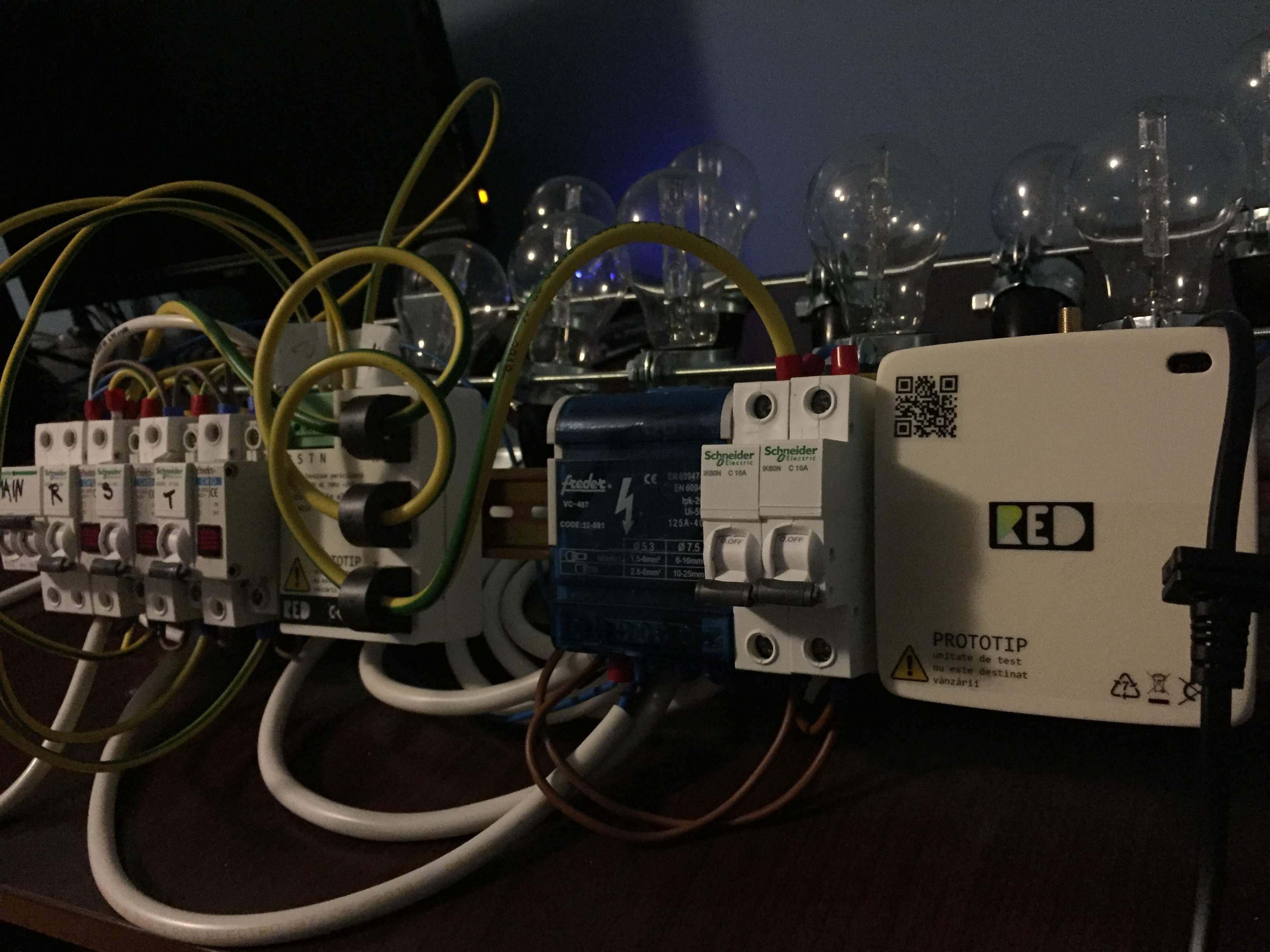Building Electric Sub-Meters
by Lucian Corduneanu
over 4 years agoWe recently started to design an electric three-phase sub-meter prototype measuring up to 100kW. It was very challenging, but we managed to build a limited series of 20 pieces in less than two months. They are still under testing right now. We were able to compute relevant energy parameters like Min/RMS/Max Voltage and Current, Average Power, Power Factor each second for each phase. Send the raw payload via MQTT and process it in the cloud. It works just fine!
Of course, we can’t mount this sub-meter in a real electric panel since it’s a prototype, hence not compliant. It turns out it is way too difficult to follow and meet all the requirements to be able to put it on the market. However, since we only want to collect energy metering data and make it available on our platform as well as be on the market as fast as possible, we are considering to pivot.

The Concentrator
The electric meter market is big and overcrowded. So, for now, we’re just going to integrate smoothly with existing electric meters over Modbus interface. It is mandatory to have an RS485 or RS232 isolated port in every electric meter used for billing. Our goal is to build a Universal Concentrator that collects data from various electric meters sold by different vendors. This one would be a bit easier to be certified compared to the sub-meter.
Key Features
- Collect relevant energy parameters from any energy meter.
- IN interface: Modbus RS485 and RS232.
- OUT interface: WiFi or external support for a 3G modem.
- External 5-24V power supply.
- Config web page.
- Store data for 45 days on SD card.
- Fully integrated with our platform or,
- Whitelabeled, fully integrated with our client’s platform.
Price Range
For orders of >10 devices, we invoice a down-payment, covering part of the production costs. The subscription plan for such a device would be within $3 to $9 /month/device, depending on the accessories.
Conclusion
We hope to efficiently collect and make use of the energy metering data right away and as frequent as possible. Only then, together with our ambient devices, we can leverage our machine learning algorithms to come up with real-time recommendations that could reduce operational costs and improve the employee’s productivity at work.

Previous articles
The Role of Artificial Intelligence in Optimizing Energy Efficiency in Smart Buildings
6 days agoIn an era where climate change and environmental sustainability are at the forefront of global concerns, the need for energy-efficient buildings has become more pressing. Buildings are responsible for a significant portion of global energy consumption and carbon emissions, making them a key focus for energy conservation efforts. To enter the era of smart buildings, where cutting-edge technologies, sensors, and artificial intelligence (AI) are transforming the way we think about energy efficiency, here are some of our thoughts.
Read moreWeathering the Elements: Tips for Riding Out Extremes with less Energy
20 days agoWeather is a major factor that affects energy consumption by determining specific patterns. In particular, temperature, humidity, precipitation, and wind speed all have a significant impact on how much energy we use. Several studies have explored the link between various weather conditions and energy use.
Read moreEmbracing Plastic Free July
2 months agoPlastic Free July is a global initiative aims to gather as many people as possible to be part of the solution to plastic pollution. Everything so we can have cleaner air, water, forests, etc.
Read more